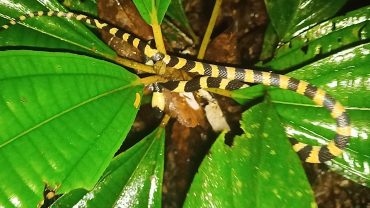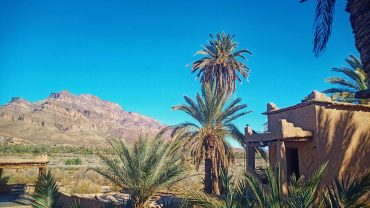Costa Rica is renowned for its lush rainforests, pristine beaches, and incredible biodiversity. Yet, beyond its natural beauty lies a rich cultural tapestry woven by its indigenous communities. Exploring these communities offers an authentic cultural experience, providing insights into the traditions, history, and way of life that have shaped this Central American paradise. In this blog, we will journey through Costa Rica’s indigenous cultures, highlighting key communities and their fascinating cultures.
1. The Bribri Community
Location: Talamanca Mountains
The Bribri people, one of the largest indigenous groups in Costa Rica, reside primarily in the Talamanca Mountains. Their culture is deeply rooted in nature and spirituality.
Cultural Highlights:
Traditional Medicine – The Bribri are known for their extensive knowledge of medicinal plants. Visitors can learn about natural remedies and traditional healing practices.
Chocolate Making – Experience the traditional process of making chocolate from cacao, a staple in Bribri culture.
Eco-Tours – Guided tours through the rainforest provide an opportunity to learn about sustainable living practices and the community’s deep connection with nature.
2. The Boruca Community
Location: Southern Pacific Region
The Boruca, also known as the Brunca, are famous for their vibrant masks and annual festivals.
Cultural Highlights:
Mask Making – Participate in workshops where you can create your own Boruca mask, a significant symbol used in the Danza de los Diablitos festival.
Danza de los Diablitos – This traditional festival, held from December 31st to January 2nd, reenacts the resistance against Spanish colonisers. It’s a vivid celebration filled with music, dance, and colourful masks.
Weaving – Learn about the intricate weaving techniques used to create beautiful textiles, a skill passed down through generations.
3. The Maleku Community
Location: Northern Costa Rica
The Maleku people, living in the northern lowlands, are known for their strong emphasis on preserving their language and culture.
Cultural Highlights:
Language and Storytelling – Engage with community elders who share stories in their native language, Maleku Jaica, offering a glimpse into their rich oral traditions.
Artisan Crafts – Discover the Maleku’s handcrafted items such as wooden carvings and traditional instruments, each piece reflecting their cultural heritage.
Nature Walks – Explore the natural beauty of Maleku territory with guided walks that highlight the community’s sustainable practices and their symbiotic relationship with the environment.
4. The Cabécar Community
Location: Chirripó Mountains
The Cabécar, one of the most isolated indigenous groups in Costa Rica, inhabit the remote areas of the Chirripó Mountains.
Cultural Highlights:
Spiritual Practices – Learn about the Cabécar’s spiritual beliefs and rituals, deeply connected to the natural world and ancestral spirits.
Traditional Homes – Visit traditional Cabécar homes, known as ranchos, which are ingeniously designed to blend with the environment.
Hiking Expeditions – Trek through the rugged terrain of the Chirripó Mountains with local guides who share their profound knowledge of the land and its history.
5. The Ngäbe Community
Location: Southern Costa Rica
The Ngäbe people, also found in Panama, are recognized for their distinct language and traditional dress.
Cultural Highlights:
Beadwork and Clothing – Participate in workshops to learn about Ngäbe beadwork and the vibrant dresses worn by Ngäbe women.
Agriculture – Understand traditional farming techniques and the importance of crops like maize and beans in Ngäbe culture.
Cultural Festivals – Attend cultural festivals that celebrate Ngäbe heritage through dance, music, and communal gatherings.
Conclusion
Visiting the indigenous communities of Costa Rica offers a unique and enriching cultural experience. Each community, with its distinct traditions, art, and way of life, provides invaluable insights into the country’s diverse heritage. By engaging with these communities, travellers can foster a deeper appreciation for Costa Rica’s cultural diversity and contribute to the preservation of these vibrant traditions.
Embark on a journey beyond the typical tourist attractions and immerse yourself in the authentic cultural experiences that Costa Rica’s indigenous communities have to offer. Discover the heart and soul of this beautiful country through its people, their stories, and their enduring connection to the land.




Comment (0)